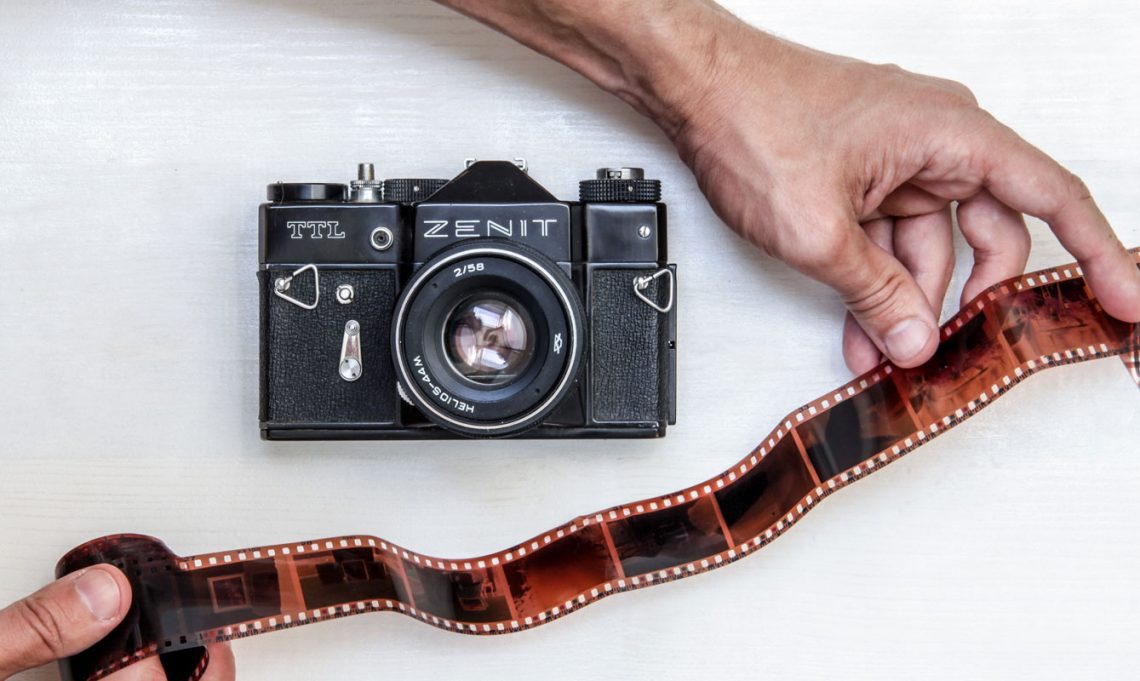You may not get the best results from your photography if you aren’t film developing jersey city. Whoever obtains your negatives will run them through a mass processor alongside other films that will all get the same development. They prefer a commercial all-around developer who can provide usable results with any image.
Film Grain
One of the most distinguishing features of film photography is the grain or the minute silver particles that make the image on the film. Especially in low light, adding grain to your photographs may improve their texture, contrast, and overall mood.
Unlike the fragmented and artificial feel of digital noise, the grainy texture of film may provide a vintage and artistic sense that may complement your subject and approach. Depending on the film’s speed, kind, and format, you may play around with different grain quantities and grades to get the desired effect.
Varying Degree
The film’s dynamic range, or its ability to record details in bright and dark areas, is another perk of low-light shooting. Film often has a higher dynamic range than digital, allowing it to survive more considerable exposure changes without clipping or losing data.
In low-light situations, when scenes with high contrast or challenging lighting are more likely to be encountered, this might be useful. In addition, the film can more naturally and subtly portray colours and tones than digital, giving your photos a deeper, more natural look and feel.
Exposed To Latitudes
The exposure latitude, or the amount of variation in exposure that film can handle without losing quality, is another benefit while shooting in low light. Digital photography is often more sensitive than film, producing usable photographs even when severely over or underexposed.
Without as much pressure to get the perfect exposure, you may feel more comfortable experimenting in low light. You may also use bracketing, push/pull processing, and exposure compensation to adjust the direction of your film photographs.
Manually Controlled
Filming in low light is challenging due to digital cameras’ lack of automation and feedback. You may need a dedicated light meter to get the correct exposure. You may also need to change the film rolls, focus the camera by hand, and play with the shutter speed and aperture.
Though challenging at first, honing your photographic skills this way might be rewarding in the long run. Learning the ins and outs of film photography may help you become a better photographer and boost your confidence.
Expression In The Arts
One of the main benefits of utilizing film while shooting in low light is the creative freedom it provides. Shooting in low light may challenge your mind to explore new ideas and perspectives. Changing your film developing, filters, lenses, lights, and other accessories may give your photos a fresh look.
Light leaks, double exposures, and unintended exposures are just some problems that might occur while using film, but they are also part of the charm. Making a movie in low light might be a fun and rewarding way to express your style and vision.





